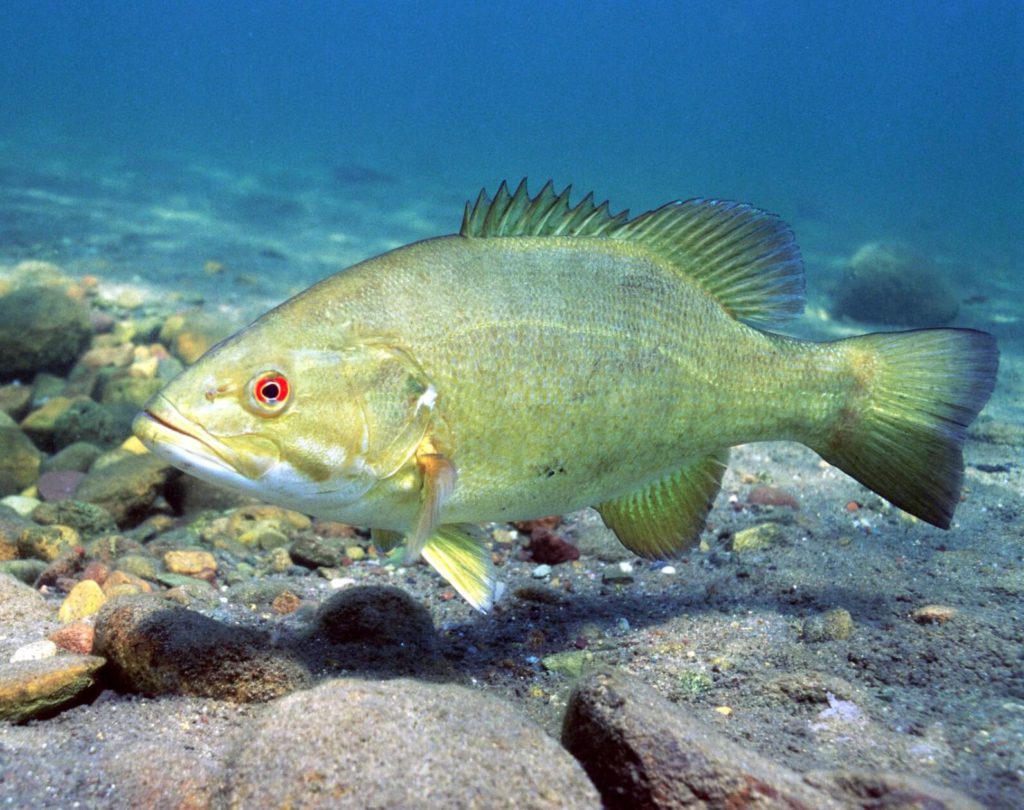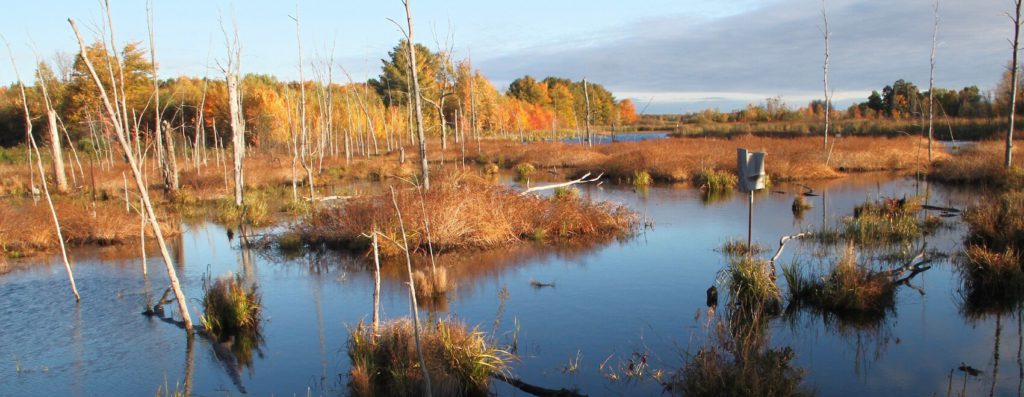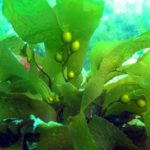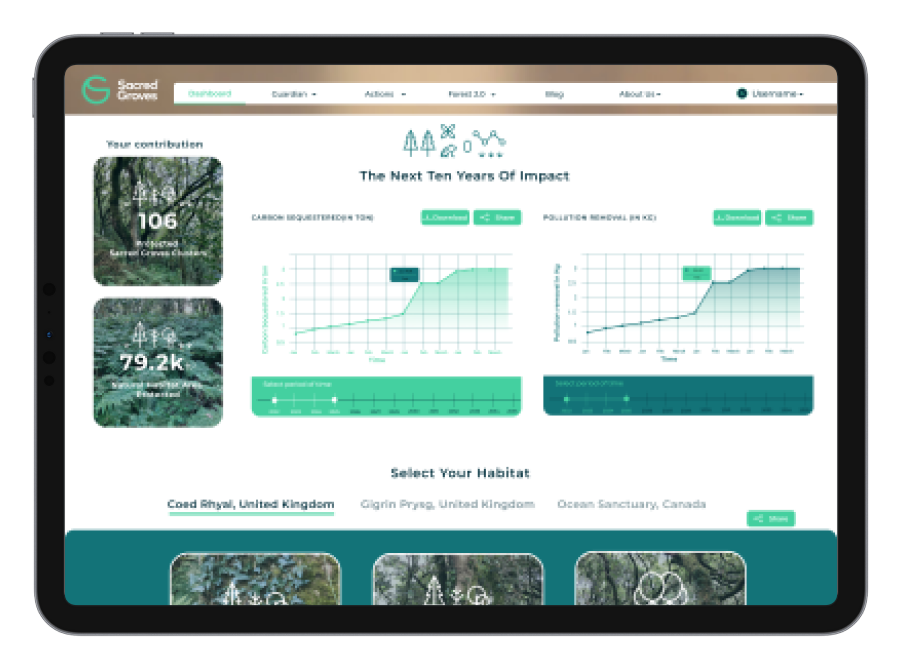The excretion of harmful synthetic oestrogen from contraceptive pills into water systems is a grave problem for aquatic life: disrupting the delicate hormone cycles of freshwater fish such as minnows and bass and leading to plummeting populations. A revolutionary new contraceptive could provide one answer.
Sixty miles south of Montreal, near the United States-Canada border, Missisquoi National Wildlife Refuge is one of the most pristine wetland ecosystems in the Candian Northeast. An important wintering area for white-tailed deer, this network of woodland bogs and glassy lakes is a refuge for endangered birds, including swooping great blue heron and the charismatic red-billed wood ducks that are nicknamed ‘acorn ducks’ for their preferred fall food.

So scientists from the U.S. Fish and Wildlife Service and the US Geological Survey were surprised when a 2016 study found that the region’s wetlands were also home to an abundance of fish with bizarre abnormalities.
“An astonishing 60 to 100 percent of all the male smallmouth bass we examined had female egg cells growing in their testes,” says the study’s lead author, Luke Iwanowicz. The problem, they knew, was a little white pill.
Invented in the 1950s and introduced to the mass market in the 1960s, the contraceptive pill was revolutionary for humans: freeing women from a physically gruelling cycle of pregnancies as it gave couples control over family size.
For freshwater fish species, the result of this contraceptive revolution has been less rosy. By the early 2000s, it had become clear that the synthetic oestrogens in the pill, excreted by humans, were making their way into water systems and disrupting fish populations’ fragile endocrine balance.

“We identified that some individual fish in fish populations were being affected by a range of compounds going in the environment that can mimic and/or disrupt oestrogen signalling in fish,” says Charles Tyler, Professor of Ecotoxicology and Environmental Biology at the University of Exeter, who has researched the effects of oestrogenic pills on marine life in the UK.
The main offender is ethinylestradiol (EE2), the synthetic oestrogen found in contraceptives. Designed to be resistant to degradation and inactivation, EE2 is more stable in the human body than naturally occurring oestrogen. When excreted into our water supplies by humans, however, EE2 can make its way into aquatic habitats, causing an intersex condition in which male fish display female traits like carrying eggs in their testes; rendering the population infertile. The effects, studies including the Missisquoi study have found, is transgenerational, disrupting the reproductive capacity of fish populations for many life cycles.

What was needed was a solution that preserved the social benefits of pharmaceutical contraception as it enabled marine species to thrive. Mithra, a Belgian biotech company that specialises in novel reproductive pharmacology, came up with one answer: Estelle, a contraceptive pill based on natural oestrogen, estetrol (E4), a unique human hormone produced by the fetal liver early during pregnancy. It forms the basis of their new Estelle contraceptive pill.
Dr. Graham Dixon, Chief Scientific Officer of Mithra Women’s Health, argued in a statement heralding the launch of the new pill that it would be a ‘game-changer’: “E4 is significantly more environmentally friendly compared to alternatives currently on the market, does not accumulate in living organisms and dissipates rapidly from water and sediment.”
Mithra’s own research has found that E4 incurred no adverse effects on aquatic egg production, testicular growth or fish reproduction and that only 2.5 percent of released E4 was biologically active.
Any beneficial effects on aquatic populations will, of course, require broader uptake of the new drug, however in May 2021, the European Commission announced that the pill had been approved, and it will be commercially launched during the second half of the year in Germany, Poland and Austria. A rollout is already commencing in the US from the end of June.
Looking ahead, Tyler says, there are reasons to be hopeful about the prospects for freshwater fish: “There’s a move towards more eco-pharmaco vigilance,” he says. “Looking for drugs which are less harmful to the environment.” He adds that the world has a ‘moral and social responsibility’ to make these drugs accessible to everyone.
Author: Sally Howard and George Walker, The India Story Agency for Sacred Groves
Images Credit: Charles Tyler, Missisquoi National Wildlife Refuge and Unsplash
Did you enjoy this article?
Share with friends to inspire positive action.







